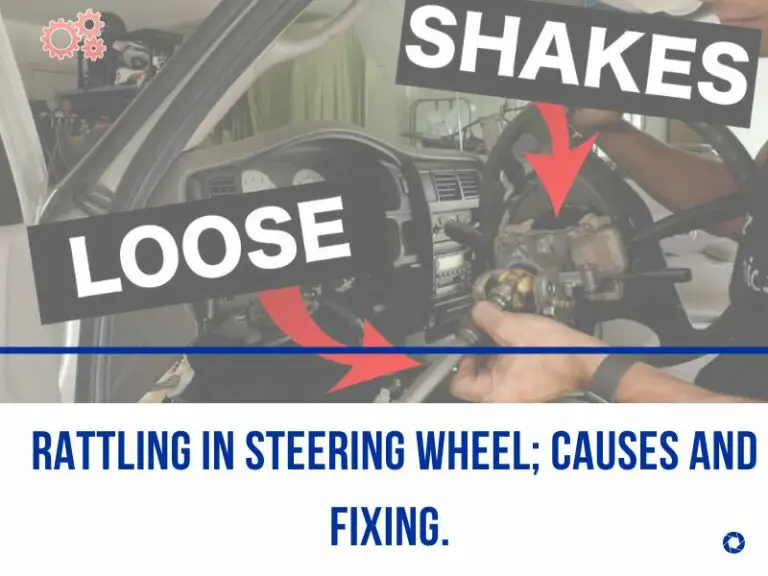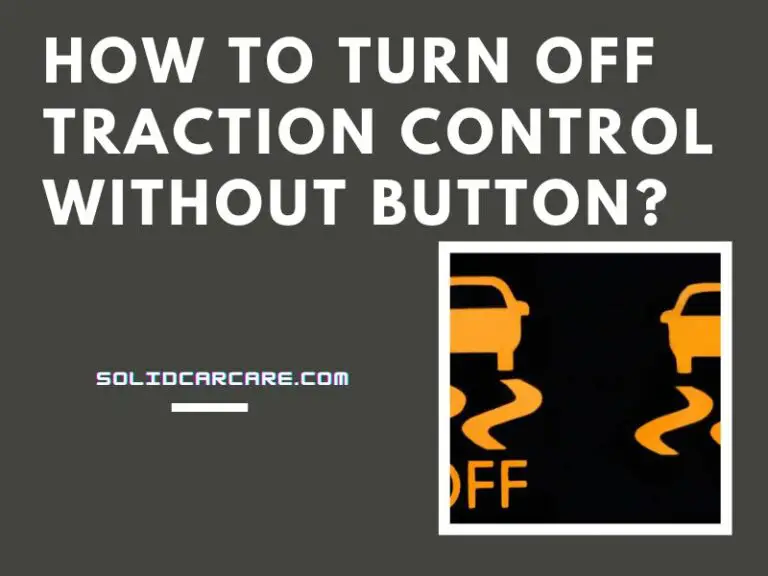How Long Can You Go Without an Oil Change After the Light Comes On?

Quick tip; Once the oil change light appears, act fast and change the oil ASAP. The timeframe to act varies based on factors like oil type and driving conditions. Ignoring the light could result in engine wear, overheating, or costly damage. Prioritize prompt oil changes to keep your vehicle running smoothly.
The oil change light in your car is like a friendly reminder from your vehicle’s engine – a signal that it’s time to give your engine a fresh dose of oil. While the exact timeline might not be set in stone, there are some valuable insights to consider when deciphering the “how long” conundrum.
Table of Contents
How serious is an oil change light?

The oil change light is a crucial warning. It indicates when the engine oil’s effectiveness has diminished and needs replacement. Ignoring this light can lead to severe consequences. Without proper lubrication, engine components experience increased friction and wear, potentially resulting in damage.
How Long Can You Go Without an Oil Change After the Light Comes On?
The duration you can wait after the oil change light appears varies. It hinges on factors like oil type, driving conditions, and engine health. While some modern vehicles have advanced monitoring systems that calculate optimal intervals, it’s generally recommended not to wait long.
Prompt oil changes ensure proper lubrication and prevent potential damage. Ignoring the light can lead to increased friction, engine wear, and even overheating. To maintain your vehicle’s performance and longevity, it’s best to address the oil change promptly after the light activates.
What happens if oil change is overdue?
If an oil change is overdue, several issues can arise. The engine oil becomes less effective at lubricating and cooling the engine’s components. Increased friction can cause parts to wear faster, potentially leading to engine damage.
Old oil also accumulates contaminants, becoming thicker and less capable of proper lubrication. This can reduce engine efficiency, fuel economy, and increased emissions. The engine might overheat or seize in severe cases, causing expensive repairs.
Regular oil changes are crucial to maintaining a healthy engine and preventing these problems. If an oil change is overdue, scheduling one promptly is best to avoid potential damage.
What are the Factors Influencing Post-Light Oil Change Duration?

Type of Oil: Oil isn’t just oil; there are conventional and synthetic varieties, and the type you use can impact how long you can go between oil changes. Synthetic oil, known for its extended life, might buy you a few more miles or weeks before that pesky light reappears on your dashboard.
Driving Habits: If your daily commute resembles a series of stops and starts in heavy traffic, or if you frequently traverse dusty roads, your engine might need a more frequent oil change. These conditions create additional strain on your engine, warranting more regular oil changes to ensure smooth operation.
Car Age: The age of your vehicle plays a role in how often you should change your oil. Generally, older cars may require more frequent oil changes than newer counterparts to maintain optimal performance.
Engine Health: If your engine is well-maintained and in good shape, you could potentially stretch the time between oil changes. A healthy engine generates less debris and operates with reduced friction, contributing to the longevity of the oil.
Low Oil Pressure Light After Oil Change – Causes and Solutions
solidcarcare.com
What happens when you Ignore the Oil Change Light?
Neglecting the oil change light might not lead to instant catastrophe, but it can usher in a series of issues that gradually erode your engine’s health:
Engine Wear: As time progresses without an oil change, the friction between your engine’s moving parts increases due to insufficient lubrication. This can hasten the wear and tear on critical components, leading to reduced engine lifespan.
Engine Damage: When oil becomes old and dirty, it loses its ability to effectively dissipate heat. This can result in engine overheating or even engine seizure, a scenario where the engine literally locks up due to excessive friction and heat.
Engine Failure: The most severe consequence of ignoring the oil change light is engine failure. While not an immediate outcome, prolonged neglect can cause irreparable damage, rendering the engine inoperable and necessitating costly repairs or even replacement.
What can you do for a longer Oil Life?
Synthetic Oil Advantage: Opting for synthetic oil over conventional oil can provide an advantage in terms of oil change intervals. Synthetic oil’s advanced formulation allows it to last longer under challenging conditions.
Driving Considerations: If your daily driving involves frequent stop-and-go traffic or exposure to dusty environments, consider adjusting your oil change schedule accordingly. These conditions can accelerate oil degradation.
Aging Vehicles: Older vehicles or those with high mileage might benefit from more frequent oil changes. These cars often have more wear on their engine components, necessitating the need for fresher oil.
Regular Maintenance: Stay proactive by routinely checking your oil level and topping it up as necessary. A well-maintained oil level ensures your engine’s longevity and performance.
Assessing Oil Condition
Regular oil inspections can offer insights into your engine’s health:
- Visual Cues: Observe the color and consistency of your oil. Dark, murky oil might indicate contamination, prompting the need for an oil change.
- Texture Check: Rub a small amount of oil between your fingers. If it feels gritty or thicker than usual, it’s an indication that the oil’s effectiveness is waning.
Is it safe to drive with oil change light on?
Driving with the oil change light on is not advisable. The light indicates that your vehicle’s oil needs changing. Ignoring it can lead to serious consequences. Fresh oil lubricates the engine’s moving parts, reducing friction and preventing wear.
When the oil degrades, components can rub together, causing damage, increased heat, and potential engine failure. Continuing to drive with the light on risks engine wear, reduced efficiency, and costly repairs. It’s recommended to schedule an oil change as soon as the light appears to ensure your vehicle’s optimal performance and longevity.
Oil Change For Brand New Cars And The More Oil-Related Facts
solidcarcare.com
Conclusion
In the realm of automotive maintenance, the oil change light serves as a valuable prompt that should not be ignored. While the exact mileage or time you can go without an oil change after the light comes on varies, taking swift action is key to preventing potential engine issues.
By understanding the factors influencing oil change intervals and following manufacturer recommendations, you can keep your engine purring along smoothly and avoid the headaches of engine wear, damage, or failure. Remember, responsible oil maintenance today can save you from costly repairs tomorrow.






